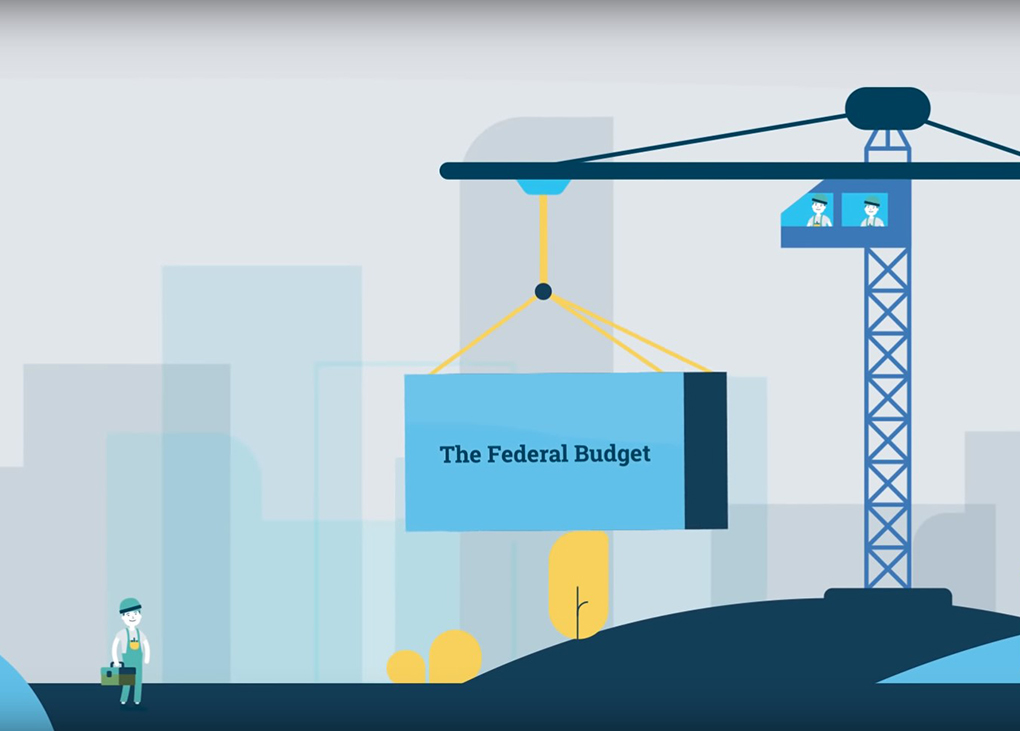Although the 2019–20 Federal Budget has made no direct mention of HVAC&R, the Australian Institute of Refrigeration, Air Conditioning and Heating (AIRAH) has called out some positives in the government’s recent announcement. This includes the focus on infrastructure; encouragement of women in engineering; funding to modernise the vocational education and training (VET) sector; and expansion of the existing write-off scheme.
AIRAH points out that the Federal Budget again falls short, however, in its lack of action on climate change.
Infrastructure
AIRAH CEO Tony Gleeson, M.AIRAH, says the Australian government’s infrastructure-focused outlook should lead to a generally positive impact on the country’s business environment, with a positive trickle-down effect to companies in the HVAC&R space.
“There isn’t a significant focus on HVAC&R in the 2019–20 Federal Budget,” says Gleeson. “Indirectly, our industry will likely benefit from a continued and indeed enhanced commitment to important infrastructure projects.”
Included in these initiatives is a six-year, $79.2 million investment on new energy-efficiency measures.
“The HVAC&R industry understands the importance of moving toward a low-carbon future, and the role net-zero-carbon buildings can play in this,” he says. “Given the built environment accounts for a sizeable portion of emissions, we see this as an essential area of focus for future federal governments.”
Women in STEM
The Federal Budget has allocated a $3.4 million package, over four years, to encourage women to enrol and participate in science, technology, engineering and mathematics (STEM) programs.
“For the sake of the profession, engineering needs more women to get involved,” says Gleeson. “The Institute has made considerable progress towards increasing the number and engagement of women within our membership by forming a Women of AIRAH group. Women of AIRAH not only provides women in the industry with a forum to voice issues of concern, but also works to make HVAC&R an attractive prospect for those looking to take the next step in their career.
“Although it’s a relatively small allocation, $3.4 million towards this objective is positive,” he says.
Modernising the VET sector
In response to the expert review of Australia’s VET system, the government is setting aside a $525 million skills package to modernise it.
Gleeson notes that despite the industry’s formidable size, it’s still largely hidden. AIRAH believes that the increased funding to lift apprenticeship rates will be benefit the trade component, with increased incentives for both employers and apprentices working in the HVAC&R sector.
It also applauds the new $62.4 million language, literacy, numeracy and digital skills program for its effort to bridge the skill gap for post-high school, working-age individuals.
Plant and equipment
AIRAH has also pointed out the Budget’s proposed changes to the instant asset write-off scheme, which covers plant and equipment. It will see an increase in the maximum deduction from $25,000 to $30,000.
This expansion would also cover businesses with up to $50 million in annual turnover, rather than the current $10 million limit.
Climate and environment
“Unfortunately, as with the 2018–19 Budget, there doesn’t appear to be a serious plan to tackle climate change and transition to the clean jobs the 21st century requires,” Gleeson points out.
Under the Budget, $3.5 billion will be invested through the Climate Solutions Package. Of this amount, $61.2 million will go to support small businesses, local community groups, households and building owners in improving their energy efficiency.
According to AIRAH, however, more needs to be done. This aligns with the Institute’s view that to reduce Australia’s greenhouse gas emissions, the country needs to adopt appropriate refrigerants, integrated resilient design, improved commissioning and good maintenance.
“The Budget is largely silent on funding additional measures to help Australia meet our international emissions-reduction targets and maintain our world-leading position on sustainability in the built environment.
“Although there are some very admirable elements in the 2019–20 Federal Budget, AIRAH will continue to talk to those in power about the things important to us and our members,” says Gleeson.
 Mark Vender
Mark Vender


Leave a Reply